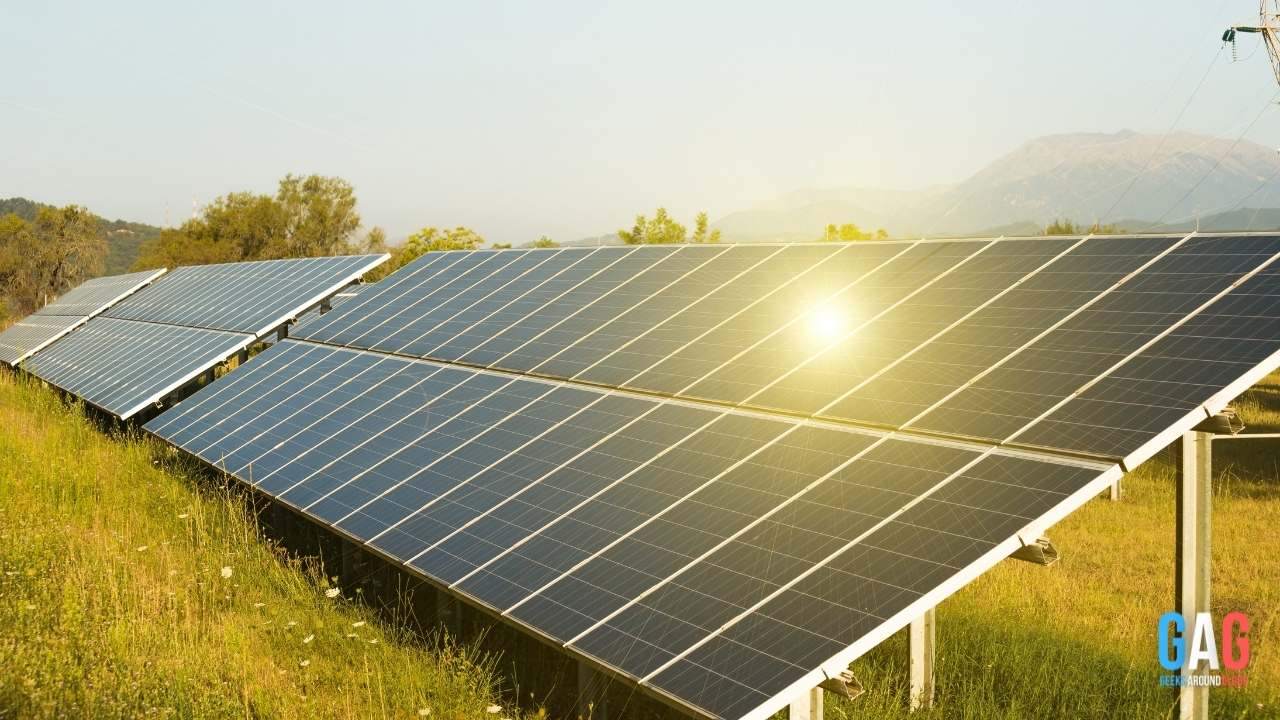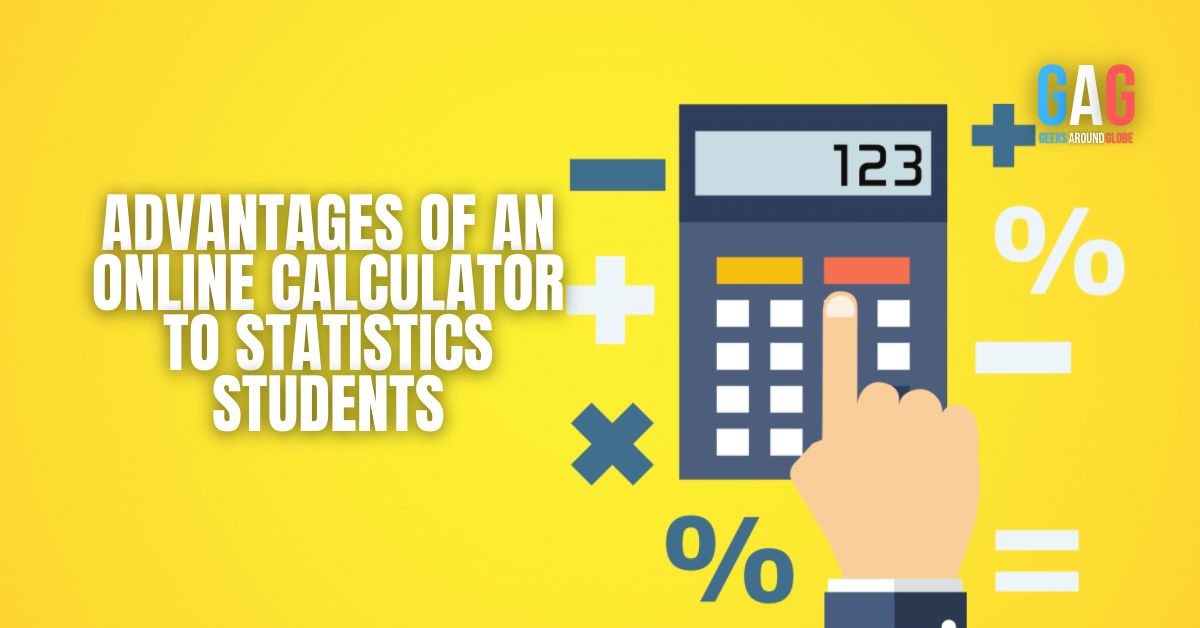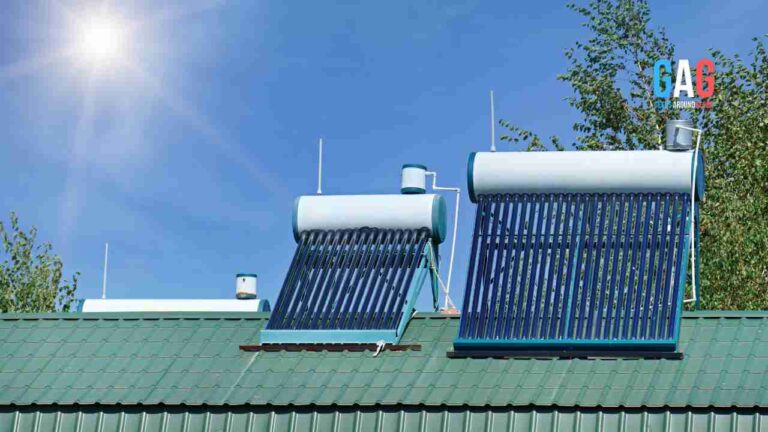- 1. From The First Solar Modules To The First Solar Park
- 2. The World’s Largest Solar Park Is In China
- 3. Why Is A Solar Park Or A Solar Roof System Worthwhile For You?
- 4. Is A Solar Park Eligible For Funding?
- 5. What Else Should The Area For Your Solar Park Be Like?
- 6. Our tip if you don’t have a space yet:
Solar energy is now one of the most important sustainable energy sources. No wonder more and more solar parks are being built across the world. If you are also one of those who are interested in building a solar park, this article is absolutely for you. It will teach you how to plan a solar park, implement it, and get the best yield from it. So, stick with us till the end!
From The First Solar Modules To The First Solar Park
It almost seems unbelievable, but the so-called photovoltaic effect, which solar systems make use of today, was discovered as early as 1839 by the French physicist, Alexandre Edmond Becquerel. However, at that time, it was not possible to explain why there was an increase in electrical voltage when irradiated with light. In 1877, the English electrical engineer Willoughby Smith finally demonstrated the photovoltaic effect on the semiconductor selenium and published his research results.
In 1883, an American named Charles Fritts built the first solar module. He also used selenium solar cells for this. But, the efficiency was only 1%. It took more than 20 years until Albert Einstein, the well-known Nobel Prize winner, was not only able to explain the photovoltaic effect with the quantum theory of light in 1905 but was also able to prove it.
It took another 40 years until the p/n junction in transistors, and diodes were discovered so that the development of solar cells based on semiconductors could be further researched. In 1954, 115 years after Becquerel’s discovery, the silicon solar cell commonly used today was finally invented.
Just then, about 2 cm² large silicon solar cells were used, which were crystalline and still had a very low efficiency of only 6%. Nevertheless, the most important prerequisites were created to enable industrial solar cell production. Photovoltaic energy has been used to power numerous spacecraft since 1958.
The first satellite equipped with 108 silicon solar cells, i.e. an entire solar panel, was Vanguard I (USA). The efficiency was already at 10%. Since at that time, the costs were disproportionate to the benefits, photovoltaic energy was not yet used on our planet.
This only happened after the 1973 oil crisis, which spawned numerous research institutions. Scores of states financed the order to develop better and, above all, more cost-effective solar cells. From around 1975, more solar cells were produced for use on earth than for space travel.
Solar energy became even more important when in 1979, the Harrisburg nuclear power plant in the USA suffered an accident, and the next oil crisis took place at the same time. Since about 1985, homeowners have been able to install solar panel generator systems on their roofs and more and more solar parks are emerging that provide electricity and bring their owners a considerable return. Around 227 gigawatts of PV capacity have now been installed worldwide (as of 2015).

The World’s Largest Solar Park Is In China
The Longyangxia solar park is located in the eastern Chinese province of Qinghai on the Tibetan plateau. With a size of 27 square kilometers, it can even be seen from space. A total of four million solar modules bring an unbelievably large output of 850 megawatts.
This makes the Longyangxia solar park currently the largest solar park in the world. It was built in 2013. Hence, it will not be the largest solar park in the world for much longer because the next solar park is already being built in the Chinese region of Ningxia, which is said to have an output of even two gigawatts. China has recognized the signs of the times and has already invested more than 100 billion euros in solar energy.

Why Is A Solar Park Or A Solar Roof System Worthwhile For You?
The increasingly noticeable climate change is currently causing concern worldwide. Scientists are researching at full speed too, if not stop, then at least slowdown climate change.
A switch from nuclear power and fossil energies to environmentally friendly and sustainable sources such as wind, water, or solar energy is urgently needed. Solar energy has the advantage that the sun is always available every day. Due to climate change, we are even getting more solar energy in many parts of the world. Off grid solar systems and entire solar parks are therefore increasingly worthwhile.
If you build a solar park, you are not only doing something good for the environment and significantly improving your ecological footprint, but you are also generating a very high return. Renewable energies are playing an increasingly important role worldwide.
But, the areas required for solar parks are not arbitrarily large. Thus, the sooner you invest in a solar park, the higher your chances of getting suitable areas that may even be EEG-eligible. Since solar energy will still be needed in decades, this is an extremely safe investment that is worthwhile.
Of course, the decision to build a solar park wasn’t just made on the side. Many other factors have to be considered and checked here. In addition to financial aspects, the available space and its suitability also play a major role.
Last but not least, there is the question of whether your planned solar park would be covered by the Renewable Energies Promotion Act (EEG). With all preliminary considerations, concrete planning, and implementation, we are happy to assist you with our competent network. But, first, we would like to provide you with the further necessary information that should make it easier for you to decide on a solar park.
Is A Solar Park Eligible For Funding?
A solar park is one of the so-called photovoltaic free-field systems. These are very powerful medium-sized to very large photovoltaic systems. Of course, such open space systems are also possible in small forms on private property, but here we want to deal more with solar parks, i.e. large systems.
In principle, it is possible to have your solar park subsidized according to the EEG. But, there are a few requirements that have to be met, which we now want to take a closer look at. The following are three types of areas that qualify for EEG funding.
- Conversion areas
- Already sealed surfaces
- Agricultural land
Conversion areas are areas that were previously used for economic or military purposes. In most cases, pollutants, explosive ordnance, or other problems are found here that make the areas unusable. Sealed areas are those that have been so heavily sealed by human development that they do not even allow rainwater to seep into the ground.
Consequently, natural processes no longer take place and the area is spoiled for other types of use. As you can see, the eligible areas are usually areas that are useless for any other meaningful use.
An exception is the agricultural areas, which are usually used for the cultivation of food or animal husbandry. Though solar energy is one of the urgently needed renewable energies, the largest open spaces in agriculture are also eligible for funding if they are no longer needed. Please find out what funding options are available for solar in your country. You can usually get Federal solar tax credit for the purchase of solar panels.

What Else Should The Area For Your Solar Park Be Like?
First of all, you have to find out whether your area is suitable for building a solar park. In any case, the area should be free of shadows and obstacles such as undergrowth, large stones, trees, etc. If the area is on a slope, the system must face south.
Furthermore, you have to consider that photovoltaic systems are subject to approval. They represent a structural measure and are subject to building planning law. The problem with this is that each municipality can decide for itself whether a photovoltaic open space system is permitted. Therefore, you have no legal right to a change in the development plan. You may also need to buy some 48v batteries to store the electricity generated by the solar panels.
If the municipality agrees, it can impose specific conditions on you. For example, it can affect the height of the frames, but it can also happen that you are obliged to implement compensatory greening. So, having a suitable area does not automatically mean that you can build your solar park.

Our tip if you don’t have a space yet:
Always clarify before you buy whether you can also use the area as a solar park and whether you have all the necessary building permits.







